How Berlin's art galleries navigate reopening post lockdown
After being given the green light earlier in May, Berlin's physical art spaces are tentatively welcoming visitors back. Through three galleries, we explore the different approaches to cautiously negotiating the transition

During lockdown, museums, galleries and art institutions around the world hurriedly launched digital initiatives to bring their exhibitions to life online. Now, as many of these same spaces begin to reopen in Berlin, they’re unveiling new models, integrating digital components with their physical spaces, and focusing on hyper-local initiatives in an effort to balance what they learned during quarantine with the facts that strict regulations remain in place and many other cities, as well as borders, remain closed.
Earlier this month, for example, Wentrup gallery opened the group exhibition ‘Zoom In – Zoom Out’, but rather than the standard ‘opening night’, a day-long opening took place from 11am to 6pm, with only three people allowed inside at once. ‘We found the procedure worked very well,’ Tina and Jan Wentrup explain. The title of the show references the current state of global communication and staying in touch with international communities via applications like Zoom, and the majority of works were produced by the gallery’s artists during quarantine specifically for the show.
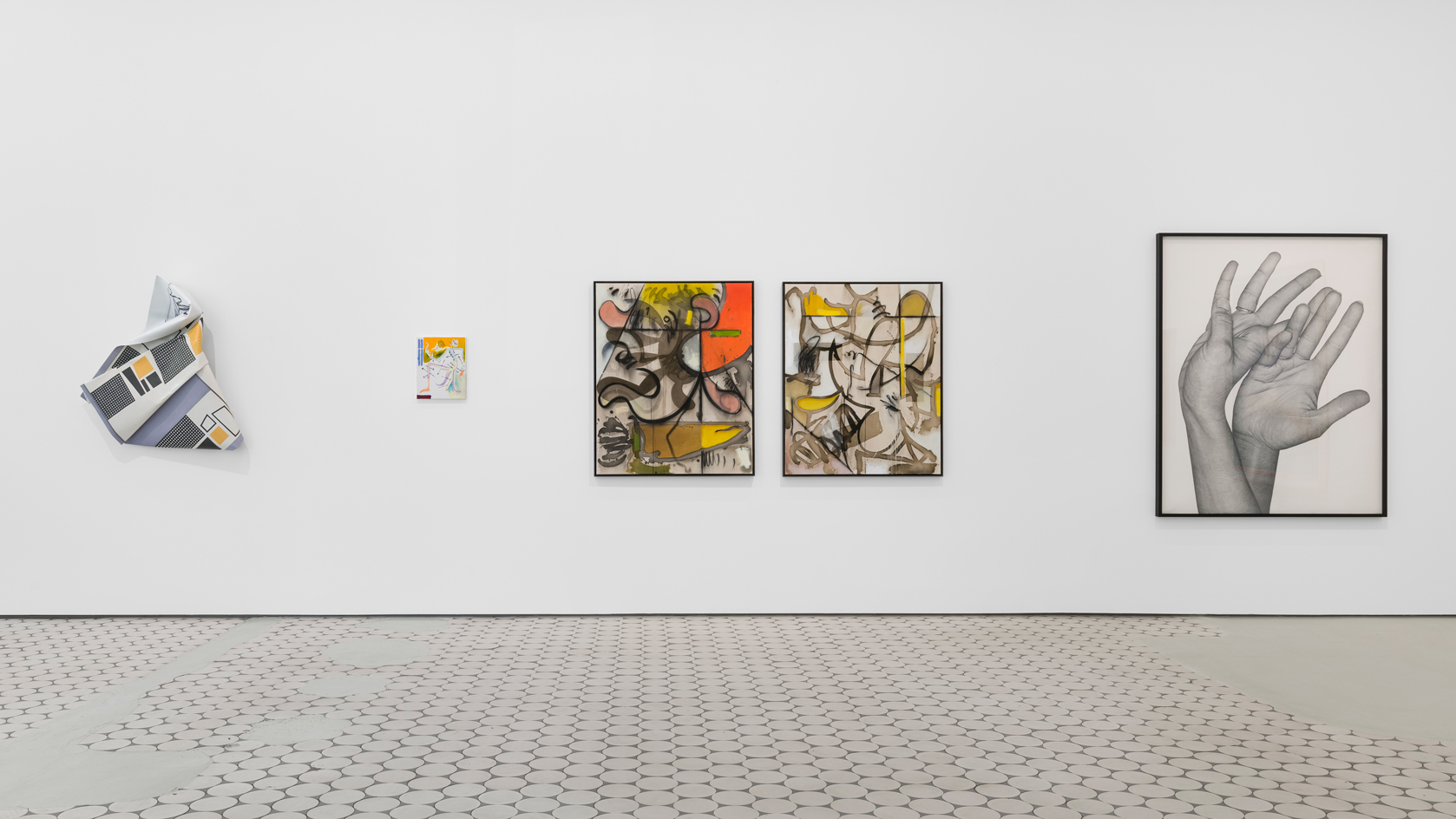
Installation view 'Zoom in – Zoom out', Wentrup, Berlin, 2020.
Shortly after their physical reopening, Wentrup launched an online viewing room (post-quarantine, indeed), as the platform is more than an attempt to virtually recreate a physical exhibition: it features a comprehensive overview of the featured artist’s practice with installation views and images of individual as well as a curatorial essay and additional supporting textual materials.
‘The online viewing room exists for itself and has no direct link to the current [physical] show but is ultimately linked to the overall programme of the gallery, just like a real showroom in a gallery space,' the Wentrups explain.
Also taking a different approach is the gallery Dittrich & Schlechtriem, with its offline-only exhibition series titled ‘Berliner Luft’ (Berlin Air). Every Sunday, the gallery digitally announces the artist whose temporary exhibition will be on view for the next seven days alongside a brief introduction to the show. The catch? There are no preview images. ‘I wanted to reclaim the gallery as a physical space that one must visit, rather than checking Instagram or the website or, in the last years, just visiting a booth at an art fair,’ André Schlechtriem explains. ‘The idea is that for one week, the work is exclusive for people who make an effort to visit the space.’ He notes, however, that this approach is ‘not against an international audience,’ as the gallery will happily send images if someone writes an email or calls to enquire.
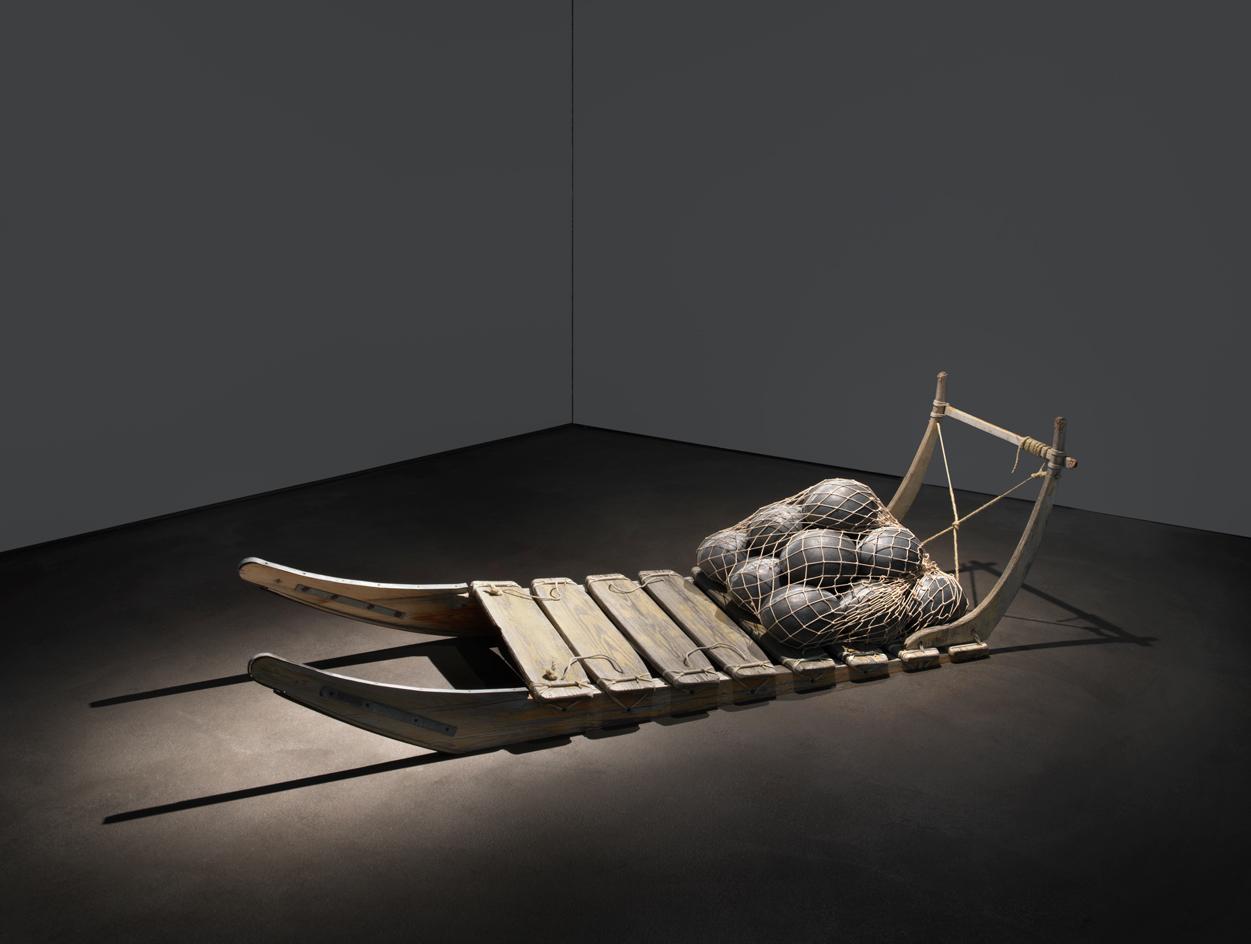
Julian Charrière, Empire, 2020. VG Bild–Kunst, Bonn, Germany, 2020
Meanwhile, one of Berlin’s most trafficked museums, Gropius Bau, has swiftly adapted its exhibition ‘Lee Mingwei:禮 Li, Gifts and Rituals,’ which is largely activated by human interaction, to acquiesce with the demands of social distancing. ‘Lee’s work is all about conversation, listening, and care, so putting new measures in place felt applicable to the thematics of his work,’ Gropius Bau director Stephanie Rosenthal recently said in an interview. During lockdown, intimate video calls were offered as extensions of certain installations in the exhibition. For example, Lee adapted his Sonic Blossom, a performance that entails a one-on-one operatic serenade, to be performed with individual guests via Instagram live.
Now, the opera singer is in the museum space, albeit behind a sheet of Plexiglas on wheels. In an adaptation of The Dining Project, visitors can enter a lottery to participate in a tea ceremony with the artist from home via video conference, instead of the initial plan to host such meetings within the museum. To enter the building itself, visitors must pre-book tickets online with a specified time of entry and, of course, wear a mask.

Lee Mingwei, The Dining Project, 1997/2020. Installation view, ‘Lee Mingwei: 禮 Li, Gifts and Rituals’, Gropius Bau, Berlin, 2020. Collection of Jut Art Museum (Taiwan).
In the context of Lee’s exhibition, Rosenthal noted that disinfection has become an additional ritual, and Plexiglas a symbol of care. This statement reflects an overarching message seen across various initiatives, both on and offline: Objects, spaces, and actions have assumed new meanings through various re-imaginings and recontextualisation. As the Wentrups say, ‘Every crisis is a challenge in a sense, but it also offers the chance for something fresh and new.’
Receive our daily digest of inspiration, escapism and design stories from around the world direct to your inbox.
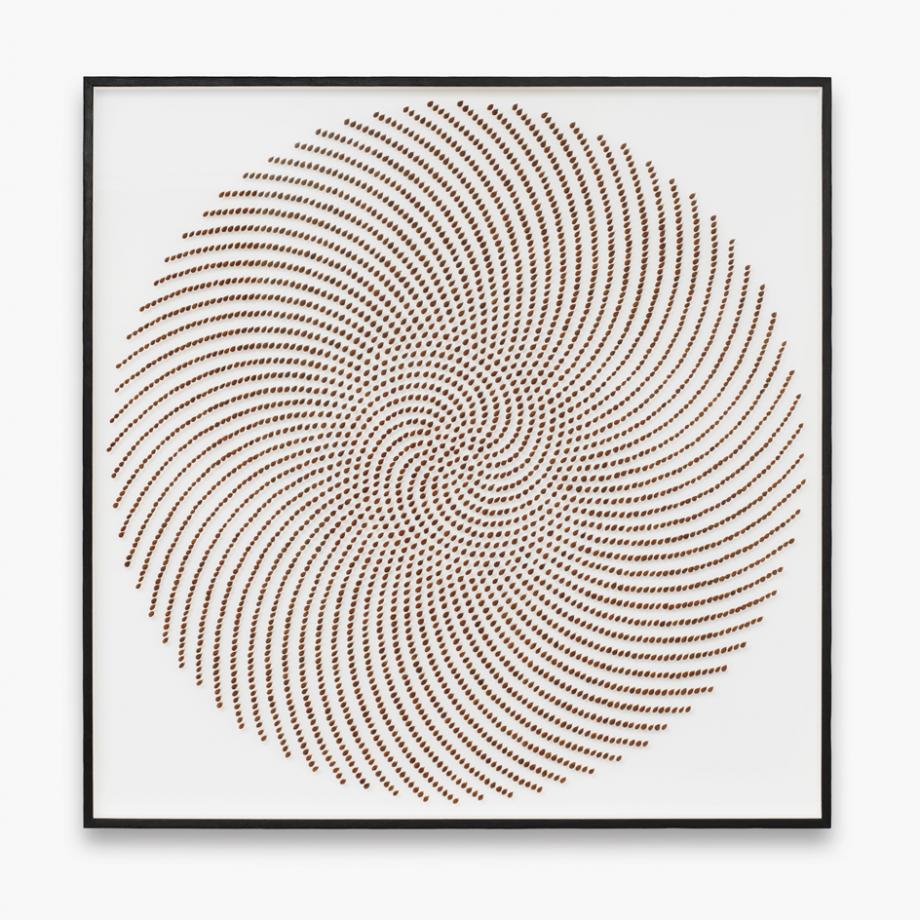
Andreas Greiner, Seed Pattern (3670), 2020. courtesy: Dittrich & Schechtreim

Installation view ’Zoom in – Zoom out’, Wentrup, Berlin, 2020. Courtesy the artists and Wentrup.
INFORMATION
wentrupgallery.com
dittrich-schlechtriem.com
www.gropiusbau.de
-
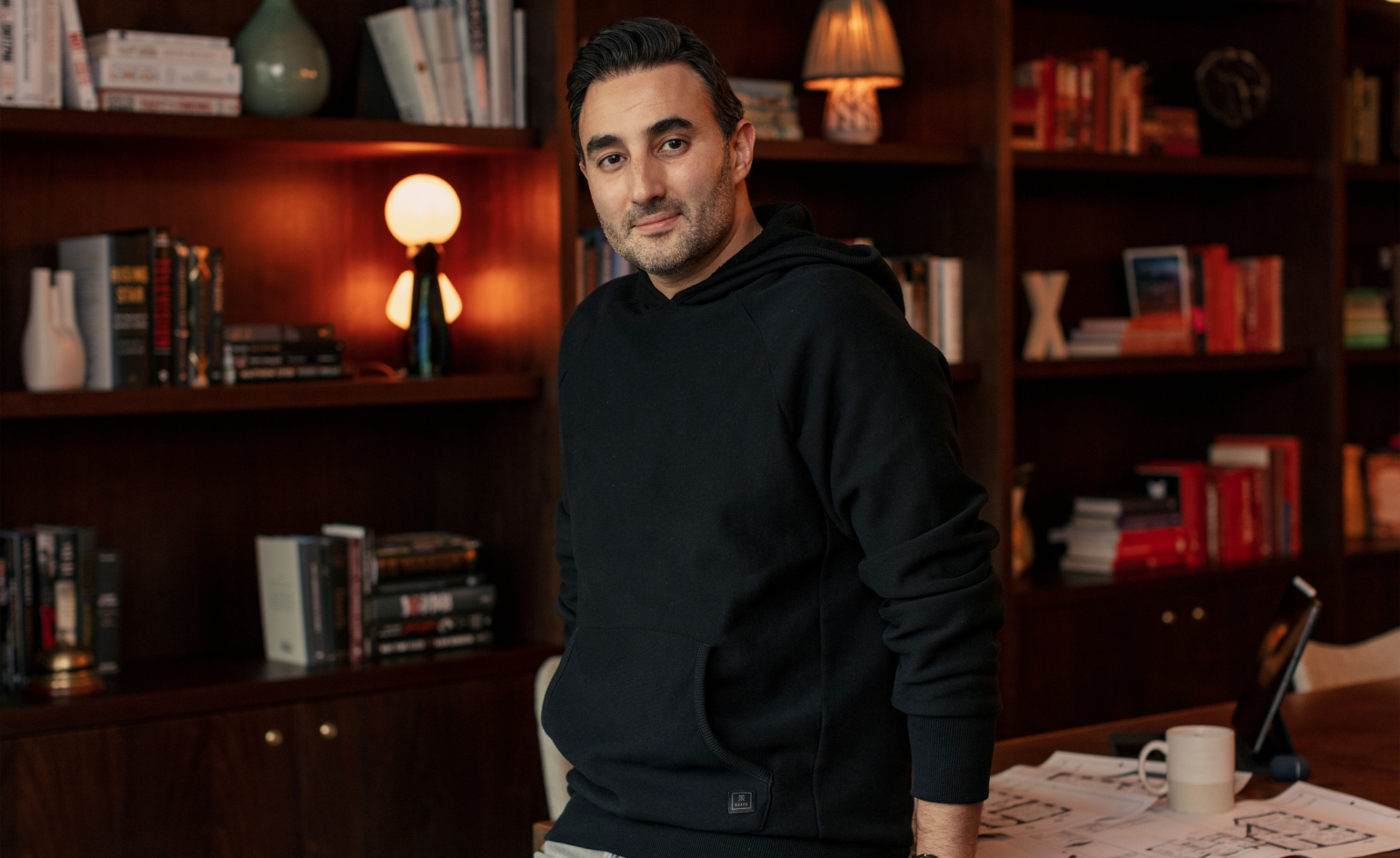 Wallpaper* Design Awards: why Sharan Pasricha is 2026’s Best Host
Wallpaper* Design Awards: why Sharan Pasricha is 2026’s Best HostWe salute the Indian-born, London-based hospitality entrepreneur who can’t stop thinking about ways to upgrade how we live, work and connect
-
 Wallpaper* Design Awards: London’s V&A East Storehouse is Launch of the Year 2026
Wallpaper* Design Awards: London’s V&A East Storehouse is Launch of the Year 2026Designed by Diller Scofidio + Renfro, the V&A family’s latest outpost turns the museum concept on its head, offering a revolutionary peek into the daily life of the institution’s Wunderkammer of a collection
-
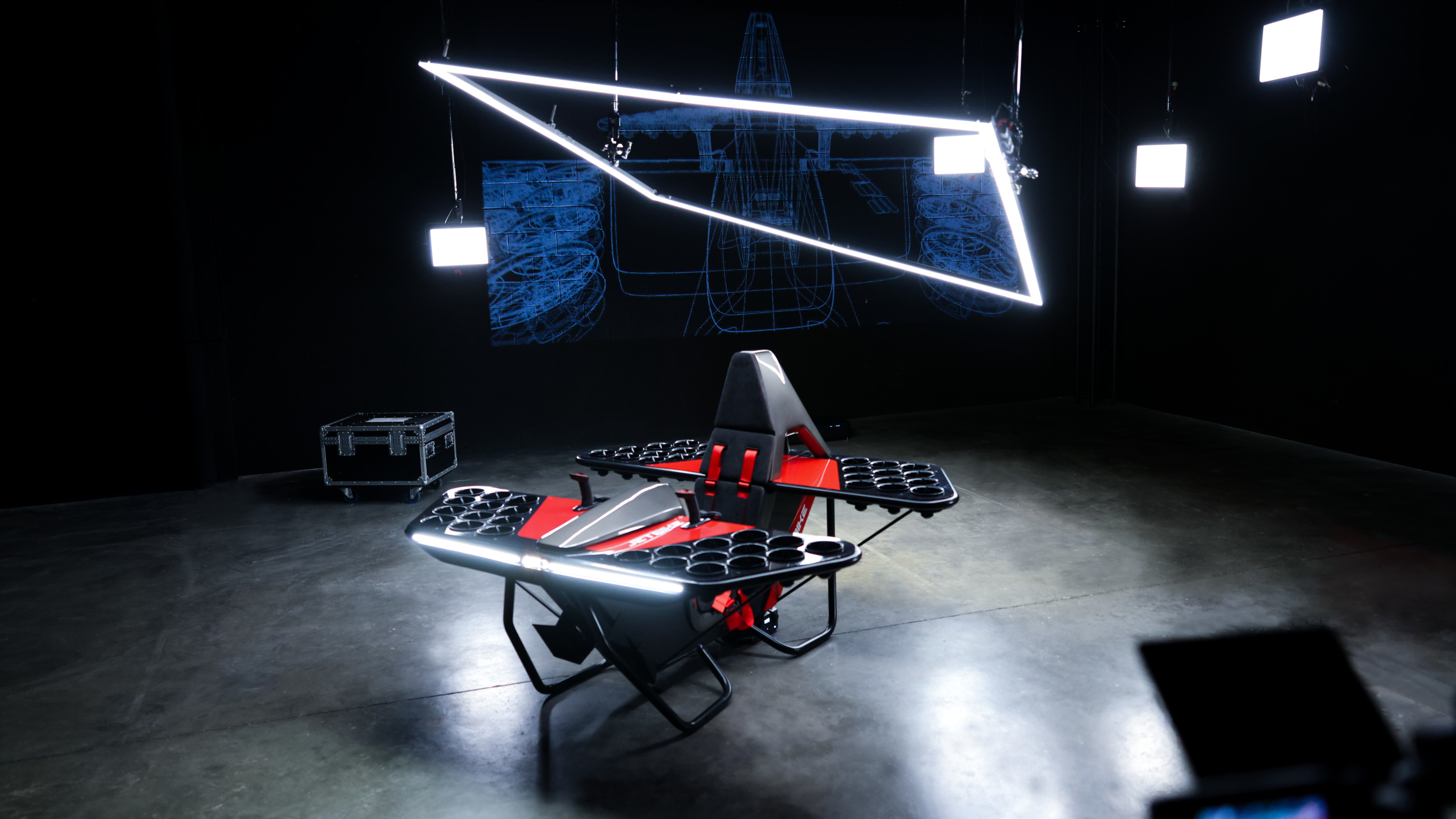 From jet bikes to electric speedsters, the CES debuts that might just fly
From jet bikes to electric speedsters, the CES debuts that might just flyCES 2026 brought new releases in the world of mobility tech, including a host of automotive AI innovations. We’ve rounded up the show's key debuts
-
 David Lynch’s photographs and sculptures are darkly alluring in Berlin
David Lynch’s photographs and sculptures are darkly alluring in BerlinThe late film director’s artistic practice is the focus of a new exhibition at Pace Gallery, Berlin (29 January – 22 March 2026)
-
 'There is no way light and darkness are not in exchange with each other': step inside Christelle Oyiri’s sonic world in Berlin
'There is no way light and darkness are not in exchange with each other': step inside Christelle Oyiri’s sonic world in BerlinIn an explosion of light and sound, Christelle Oyiri explores celebrity, mythology and religion inside CANK, a former brutalist shopping centre in Berlin’s Neukölln
-
 What's the story with Henni Alftan’s enigmatic, mysterious paintings? The artist isn’t saying
What's the story with Henni Alftan’s enigmatic, mysterious paintings? The artist isn’t sayingParis-based artist Henni Alftan's familiar yet uncanny works are gloriously restrained. On the eve of a Sprüth Magers exhibition in Berlin, she tells us why
-
 Inside the fantastical world of performance artist, Darrell Thorne
Inside the fantastical world of performance artist, Darrell ThornePerformance artist Darrell Thorne straddles multiple worlds, telling stories through transformation, reinvention and theatrical excess
-
 Rolf Sachs’ largest exhibition to date, ‘Be-rühren’, is a playful study of touch
Rolf Sachs’ largest exhibition to date, ‘Be-rühren’, is a playful study of touchA collection of over 150 of Rolf Sachs’ works speaks to his preoccupation with transforming everyday objects to create art that is sensory – both emotionally and physically
-
 Architect Erin Besler is reframing the American tradition of barn raising
Architect Erin Besler is reframing the American tradition of barn raisingAt Art Omi sculpture and architecture park, NY, Besler turns barn raising into an inclusive project that challenges conventional notions of architecture
-
 What is recycling good for, asks Mika Rottenberg at Hauser & Wirth Menorca
What is recycling good for, asks Mika Rottenberg at Hauser & Wirth MenorcaUS-based artist Mika Rottenberg rethinks the possibilities of rubbish in a colourful exhibition, spanning films, drawings and eerily anthropomorphic lamps
-
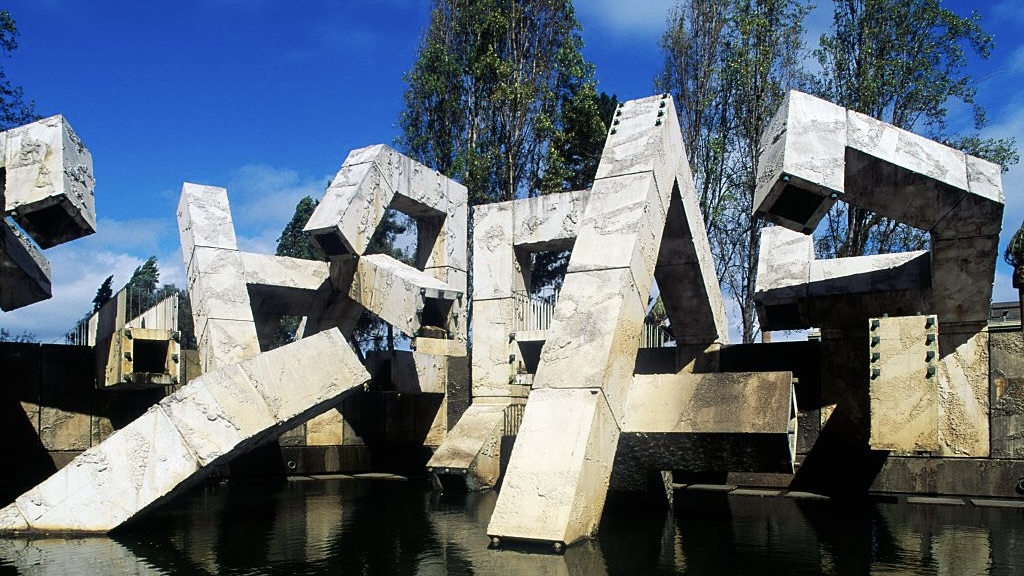 San Francisco’s controversial monument, the Vaillancourt Fountain, could be facing demolition
San Francisco’s controversial monument, the Vaillancourt Fountain, could be facing demolitionThe brutalist fountain is conspicuously absent from renders showing a redeveloped Embarcadero Plaza and people are unhappy about it, including the structure’s 95-year-old designer